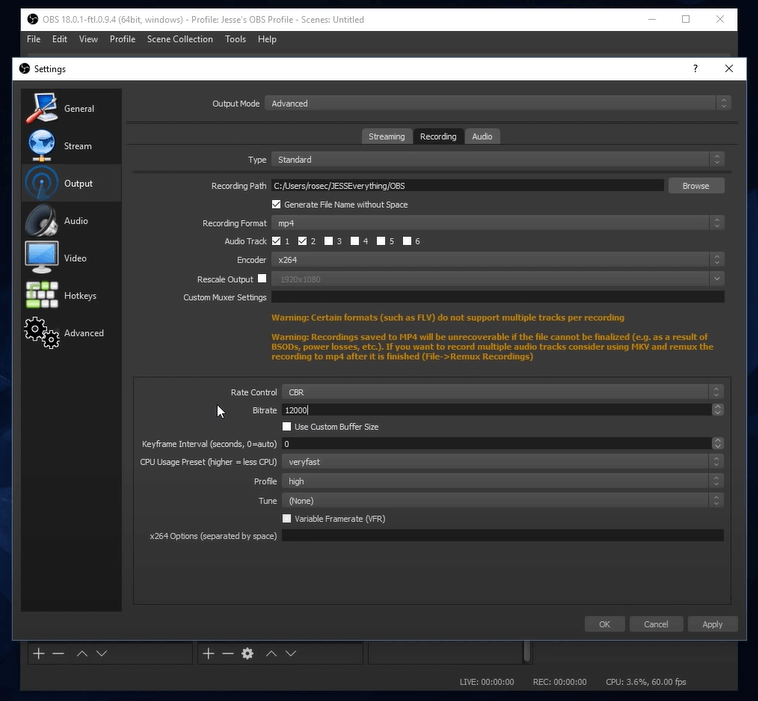

To open up the Properties menu again on any source, double-click on the video source listed in the Sources box, or highlight your selection and hit the gear icon. It’s possible to adjust a few settings in the properties menu, but it’s unnecessary - the camera should work. A new dialog box will open, and the webcam should appear as a video source under Device.Once there, select the option called Video Capture Device.Head to OBS Studio and click the + button at the bottom of the Sources box.

There are a few ways to set up a camera on OBS Studio, the easiest of which merely involves connecting a webcam to the computer via USB. In this case, I’m using Canon’s M50 mirrorless camera. While it’s possible to use any digital camera with a video output port on OBS, Canon cameras can be used as a webcam, thanks to the EOS Webcam Utility Beta software. The software works on Windows, macOS, and Linux, making it one of the most versatile software of its kind. What’s more, OBS Studio can help connect any digital camera with a video output to your video conferencing platform of choice. OBS Studio doesn’t cost anything to download or use, and while the software’s UI may look complicated, setting up a basic stream is easy. While there’s other software similar to OBS Studio - i.e., XSplit and Stream Labs OBS - OBS Studio is a free, open-source software. Even better, OBS Studio makes it easy and affordable to start streaming, a creative pursuit that many find fulfilling as the days spent indoors continue to limit our interactions with the world. OBS Studio can cover some of the gaps that video conferencing platforms don’t. Streaming and video conferencing are becoming more useful every day thanks to social distancing, a fact that makes Open Broadcaster Software (OBS) worth looking into.


With OBS Studio, you can use any digital camera to make video calls and start streaming with just a computer, a camera, and a video capture device.


 0 kommentar(er)
0 kommentar(er)
